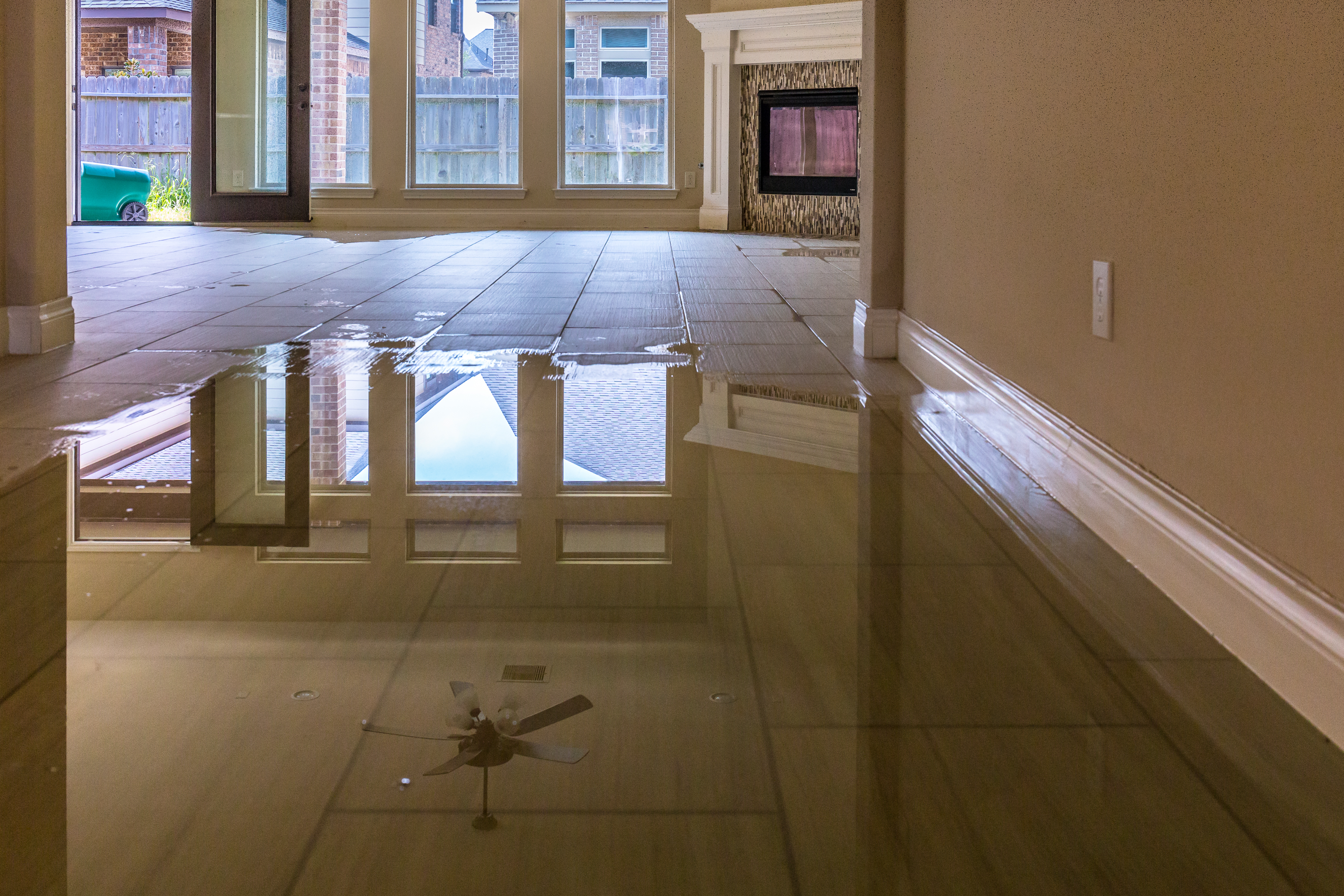Just How to Help Prevent Water Damage in Your Bathroom
Pest ControlWhat're your beliefs about Looking for Signs of Water Damage in the Bathroom?

The restroom is very prone for wet buildup and also potential water damage due to the frequent use of water in it. This short article provides easy assessment methods to assist finding water damage dangers.
The regular use of water in the shower room makes it very prone for damp build-up as well as prospective water damage. By inspecting it routinely, you can reduce water relevant problems.
The adhering to collection of assessments is simple to do as well as ought to be done when in every three months in order to keep your bathroom healthy and also to stop prospective water damages caused by the bathtub, the shower, pipeline joints and also plumbing, sinks, cupboards, and the commode
Do not disregard doing these evaluations and be thorough while executing them. Remember that these basic evaluations can save you a great deal of cash by offering early signs for water damages
Sinks as well as Cabinets
Sinks and closets are subjected to moisture as well as humidity day-to-day as well as are often ignored. Inspect on a regular basis under the sink and on the kitchen counter above it. Fix any drip in the catch as it may recommend drain troubles. Take a look around the sink, slow-moving draining pipes might suggest an obstructed drain. Change sink seals if they are broken or loosened.
Bathtub and also Shower
The shower and bath tub require unique attention as well as maintenance. Inspect the floor tiles as well as change if fractured. Ensure that there is no missing out on grout in between the floor tiles. Examine and also replace split caulking at joints where the wall surfaces satisfy the flooring or the bathtub. Blocked drains pipes and also pipes issues will certainly avoid the bath tub from drying as well as might indicate major troubles beneath the tub. Seek advice from a professional instantly to avoid architectural damage. Take notice of discolorations or soft locations around the bathtub walls as they might indicate an interior leakage.
Plumbing
Signs for water damage are difficult to detect considering that the majority of pipes are set up inside the wall surfaces.
Pay special interest to floor covering and walls dampness and spots as they might indicate an unnoticeable plumbing issue. Examine moisture levels in adjacent areas as well.
The Bathroom
The commode is a vulnerable water junction. Inspect the water lines and also look for leaks around the bathroom seat, in the tube, and under the water tank. If you find any kind of signs of moisture on the flooring around the commode, look for leaks in the toilet rim as well as storage tank seals.
Realize that hanging toilet bowl antiperspirants raises the opportunities for clogs.
TIPS TO PREVENT WATER DAMAGE IN THE BATHROOM
The average household uses approximately 80-100 gallons of water per person per day. For a family of 4, that's almost 2,500 gallons of water a week! The largest portion of this consumption comes from bathroom use. Flushing the toilet uses the most water, followed by taking a shower or bath. With that much water running through the home, water damage in the bathroom is bound to happen. Knowing how to spot signs of a water leak is essential to preventing long-term damage. This guide provides you with tips to reduce the impact of water damage on your bathroom.
CAUSES OF BATHROOM WATER DAMAGE
Pipe breaks are the most common cause of water damage we see in our daily jobs. The age of a pipe plays a large role in a pipe break as well as corrosion. Over time, the metal begins to break down, allowing water to escape. Frozen pipe breaks are also a concern in the winter months. Toilet overflows caused by paper products or children flushing inappropriate items. Degraded caulking around the toilet or bathtub can allow water seepage, sometimes behind the fixture, into the subfloor or walls. Condensation forms when the water in a pipe is cooler than the air temperature. Beads of water form on the exterior of the pipes, sometimes so much so that the water begins to drip and pool below. Sink or shower backups created by poor drainage. HOW TO PREVENT WATER DAMAGE IN YOUR BATHROOM
Inspect your toilet supply line for worn or frayed hoses and replace them as needed. Winterize your plumbing to prevent a frozen pipe break. Use vent fans to prevent condensation that can lead to mold growth. Routinely check and replace degraded caulking around your toilet or bathtub. Increase the temperature in your toilet tank and insulate your pipes during the warm summer months to keep condensation from forming. Use child safety locks on the toilets. Flush only toilet paper. "Flushable" wet wipes are actually not good for your plumbing system. Additionally, feminine hygiene products should not be flushed. Prevent water from escaping the tub or shower. Make sure shower curtains are in good condition. Inspect shower doors and replace the seal strip if necessary. Wipe up any water that accumulates on the floor and use bath mats. Water left to sit can cause damage to the tiles and flooring. Refrain from using bath products containing heavy oils to avoid a clogged drain.

As a passionate person who reads on How to Fix a Water Damage Bathroom, I figured sharing that piece of content was beneficial. Sharing is caring. You won't know, you may be doing someone a favor. I praise you for your time. Please come by our blog back soon.
Book Maintenance